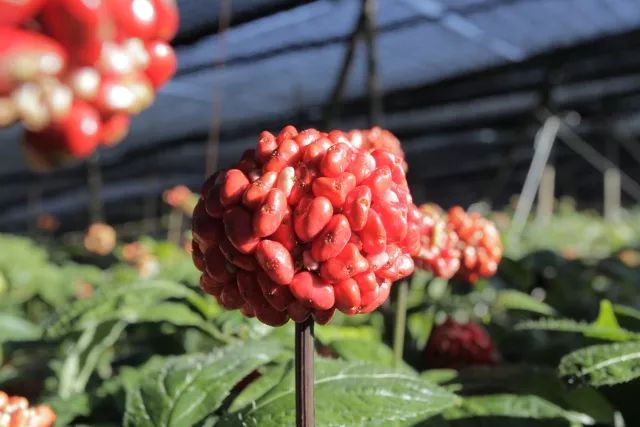
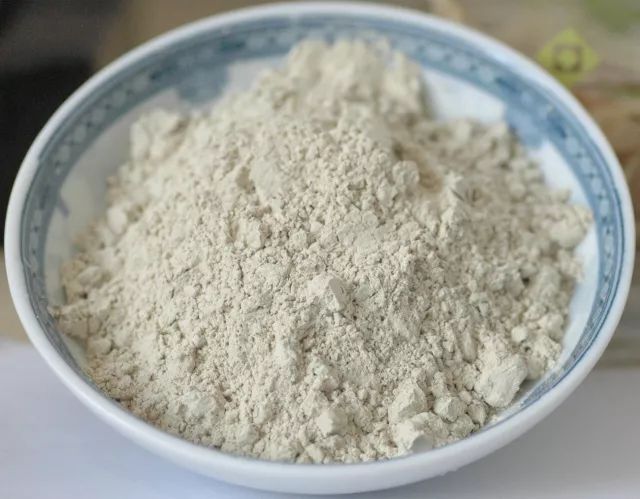
Good panax notoginseng comes from good management, and good management comes from good choice.
May has basically entered the rainy season, at this time, panax notoginseng is also in the period of moss extraction. Soil temperature and humidity, air temperature and humidity will have a great change, which for the traditional cultivation to manage a lot more difficult. However, the cultivation of panax notoginseng in miao township with facilities can avoid rain and shade, and the management can be precise and controllable. In 2017, uke greendu research institute and yanshan miao township sanqi science and technology park reached a consensus that the sanqi in the science and technology park has embarked on the path of facility cultivation in the traditional basic management. Through the testing of soil and water quality in all aspects, the research institute of youkeludu has worked out the whole-course nutrition plan, which provides the basis for the more refined management of panax notoginseng in the future, more comprehensive and scientific plant nutrition, and more high-quality and high-yield panax notoginseng.
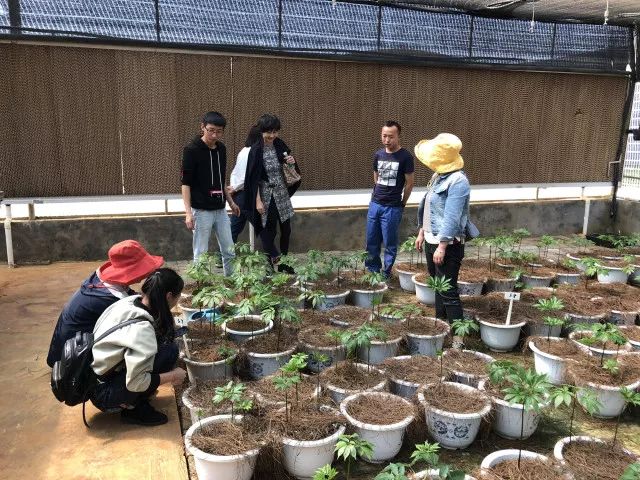
So today, we will talk about the different agricultural management of notoginseng cultivation in facilities during the lichen extraction period. We will jointly manage notoginseng in miao township and achieve precise fertilization, so as to realize the new management mode of notoginseng.
(1) the root of panax notoginseng in May looks like this: at this time, the stem of panax notoginseng plants is generally 13-16cm high, with 2-3 palmate compound leaves, and each compound leaf has 5-7 leaflets. The plants of panax notoginseng biennium generally grow at a height of 30-50cm, with a diameter of about 0.6cm at the base of stem, the appearance of leaflets is lanceolate, the length of leaves is about 3.2-7.5cm, and the length of petiole is about 5-9cm.
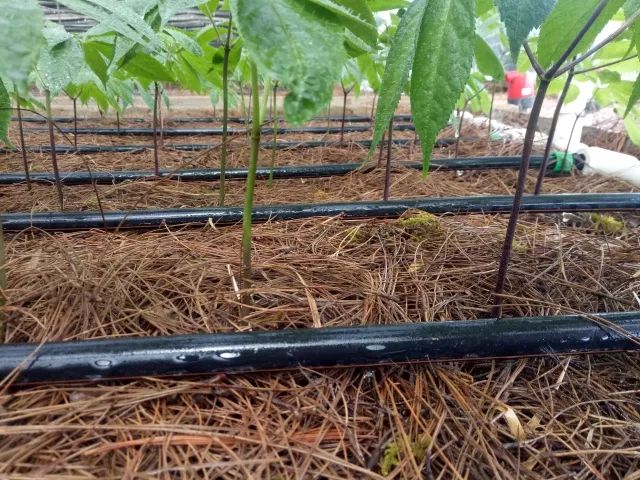
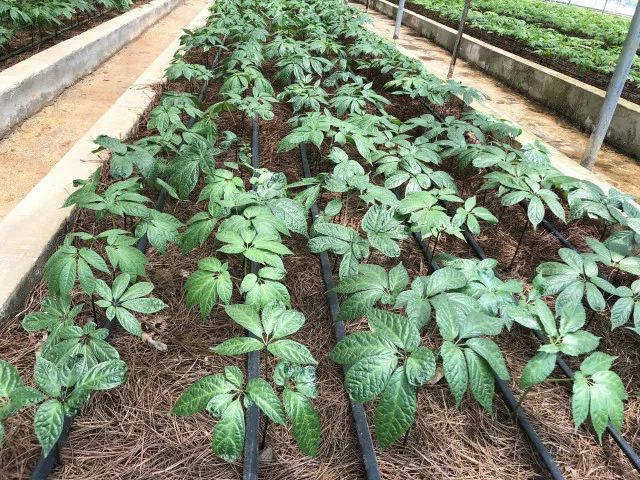
(2) environmental condition prediction and analysis, one of management.
The iot equipment monitors the environmental conditions in real time, analyzes the changes of soil temperature, humidity, Ec value, air temperature, humidity and light intensity, and predicts the amount and times of next fertilization based on the local climate conditions.
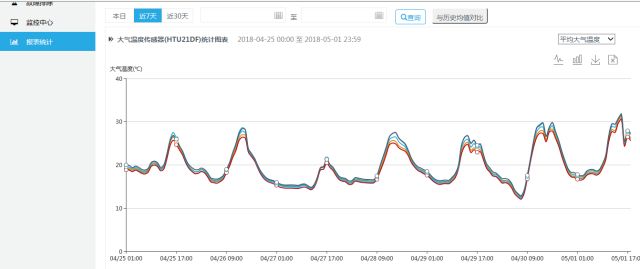
(3) second management -- nutritional needs and supplements.
The nutritional requirement of panax notoginseng in May is mainly to promote the growth of stem and leaf, improve photosynthesis, and strengthen the absorption of nutritive elements in leaf. At the same time, the nutrition accumulation of notoginseng root was carried out in the early stage to prepare for the later root swelling and saponins accumulation. In fertilization management, the roots were mainly composed of a large number of elements N, K, medium elements Ca and Mg, supplemented by a small amount of P and other trace elements. Leaf surface was sprayed with amino acid and medium elements Ca and Mg to strengthen the overall growth of panax notoginseng and reduce the content of Cd in the mouth, stem, leaf and taproot of panax notoginseng. The special formula fertilizer for the whole bolting period of panax notoginseng was made by measuring the soil and fertilizer and the law of the nutrient element demand of panax notoginseng. It is recommended to fertilize panax notoginseng with special fertilizer + fertile field during the moss extraction period, and spray with verdant soil, calcium and magnesium ammoniate.
(4) third management -- facility maintenance.
Adopt water fertilizer integrative establishment to cultivate, inevitable and little the maintenance of establishment. Installation of facilities should be in shade and rain shelter, or other materials should be used for artificial shielding to prevent strong light irradiation and rain erosion, which can reduce the corrosion of facilities by strong light and rain, and extend the service life.
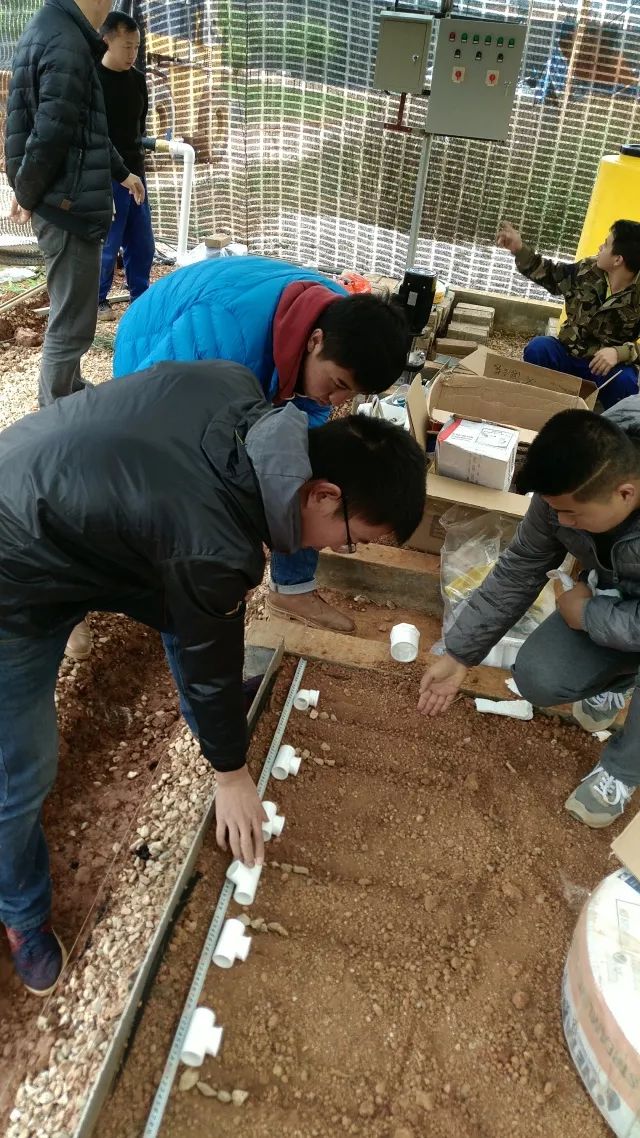
Use in strict accordance with operating standards to prevent system damage. Check the facilities in time to prevent water leakage and fertilizer leakage. After use, the facilities should be cleaned in time, and the residual fertilizer and water at the bottom should be cleaned to prevent the facilities from being corroded by fertilizer and water and breeding algae.
(5) management iv -- pest control.
In may, wenshan basically enters the rainy season, the air temperature and humidity and the degree of soil greenhouse will have a great impact, and the breeding of bacteria will be more serious, which is prone to gray mold disease, root rot disease, powdery mildew and other diseases. The prevention and control of diseases and insect pests should be carried out in time.
(6) management five - weeding.
Because of the weather conditions, weeds will grow faster. In the process of weeding, it is necessary to do "manual cleaning and weeding at first sight". Herbicide cannot be used in the process of weeding to prevent root damage and accumulation of heavy metals.
